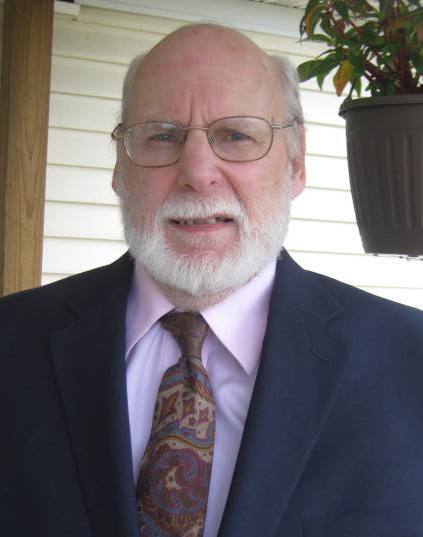The Vortex as Topological Archetype: A Key to New Paradigms in Physics and Energy Science
Year: 1997
Keywords: Vortex, Topology
Due to recent theoretical and experimental evidence, the vortex model has assumed a more prominent role in theories dealing with fundamental structures in physics. This paper recounts the models behind some of these theories and their possible viability in helping to place the vortex on a firmer rational foundation in regards to fundamental physics. In particular, the paper explores a specific vector field geometry from the annals of hydrodynamics and electrodynamics which describes such a vortex configuration. The significance of this sheared-helix topology is underscored in the contra-rotating (chiral) non-linear vortex fUaments discovered in plasma physics research, in which anomalous generation of energy is featured, unaccountable by standard classical electrodynamics. Vector field theory is shown to be deficient in its failure to incorporate this field configuration. The equivalent mathematical description of this structure via eigenfunctions of the curl operator is shown to reveal this geometry only recently as associated with the dynamics of fluid turbulence. Such a shared helical structure is also shown to be accompanied by helicity or "torsion" current, a topological property associated with the twisting of spiral streamlines which compose coherent toroidal structures having the signature of solutions. Such vortical entities can be shown to represent a "hole" in space-time in an electromagnetic context. Certain solutions of Maxwell's have shown the possible existence of similar electromagnetic solutions which have appeared experimentally as condensed charge units produced from abrupt discharges in a plasma. Accordingly, the implications of the unique chiral vortex morphology for future developments in the nascent field of vacuum energy science is examined.


